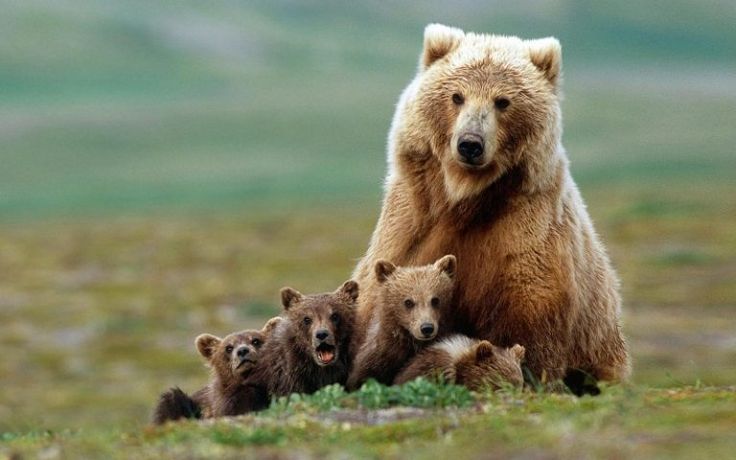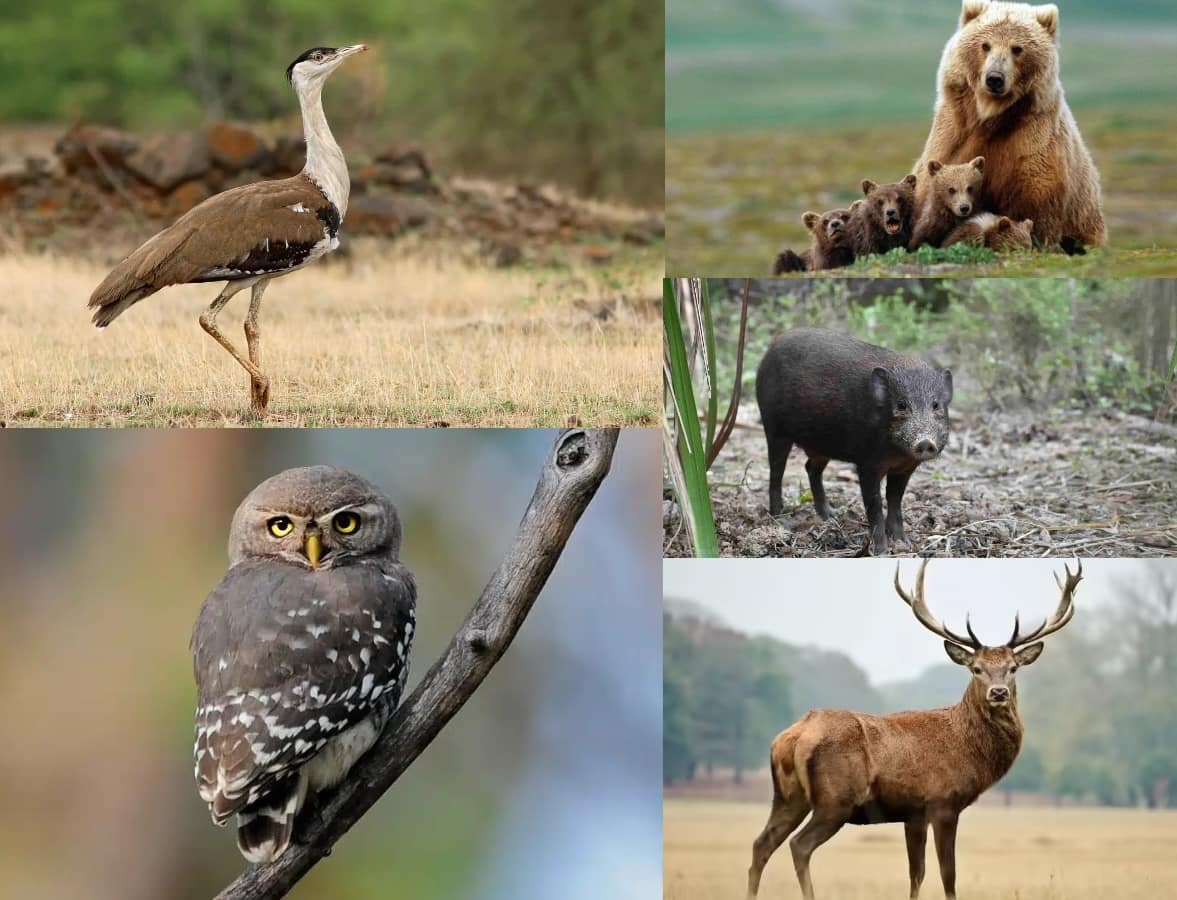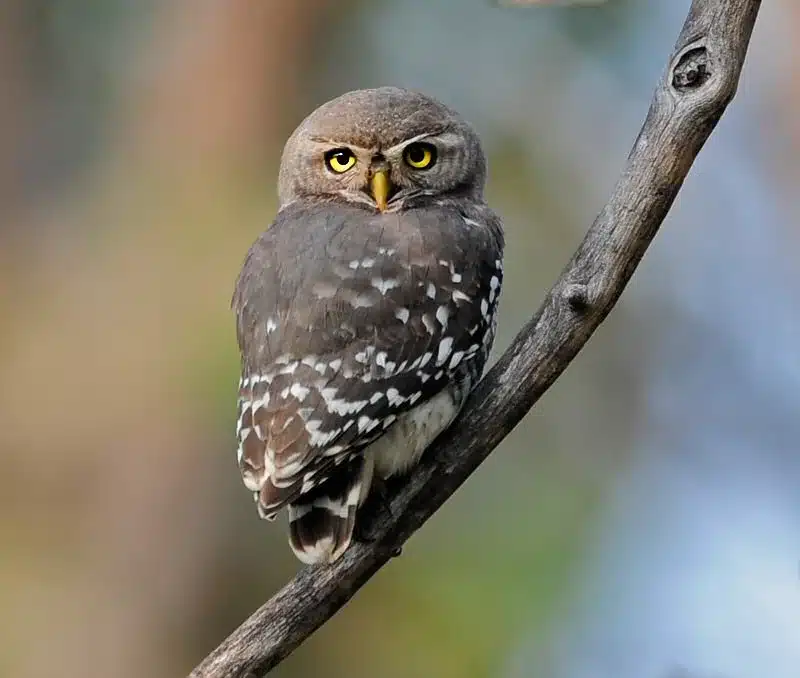Every year, World Animal Day on 4 October encourages people worldwide to reflect on the importance of protecting wildlife and promoting animal welfare. For India, a land blessed with rich biodiversity, this day serves as a reminder of the urgent need to save animal species teetering on the edge of extinction.
The term “Critically Endangered” is a classification given by the International Union for Conservation of Nature (IUCN). It refers to species that face an extremely high risk of extinction in the wild in the near future. Factors such as habitat loss, hunting, pollution, and climate change often push animals towards this alarming status.
India has several species categorised as Critically Endangered, meaning their survival now depends entirely on human actions. Conservation efforts—from wildlife sanctuaries to breeding projects—are underway, but these animals need immediate attention and consistent protection.
Great Indian Bustard
Once widespread across India’s dry plains, the Great Indian Bustard is now among the rarest birds in the world. Fewer than 150 individuals are estimated to survive, mostly in Rajasthan’s Desert National Park and parts of Gujarat. Its decline is mainly due to habitat destruction, collision with power transmission lines, and widespread hunting in the past.
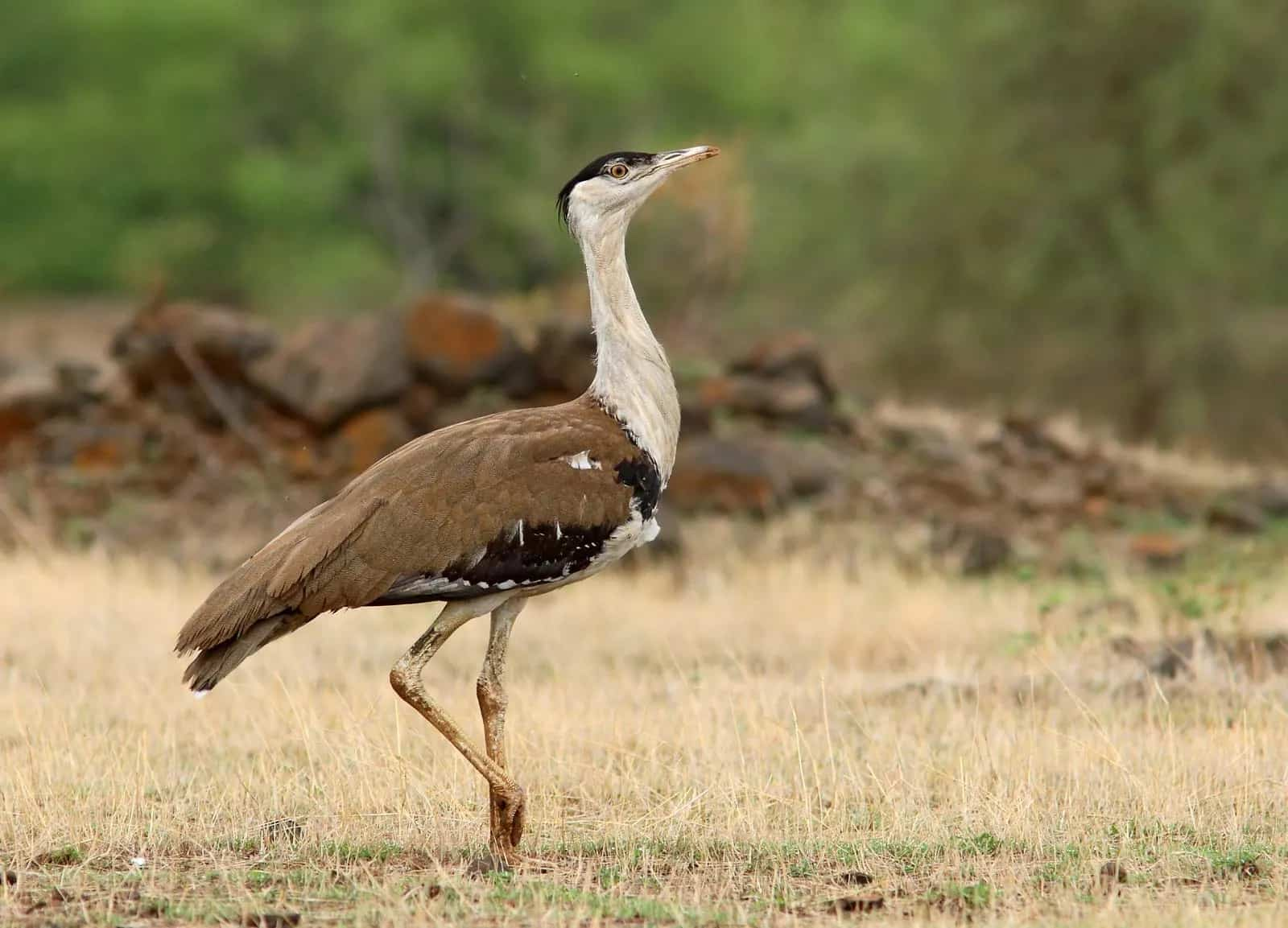
To save this iconic bird, the government has launched the “Project Great Indian Bustard.” Efforts include habitat restoration, community awareness, and breeding programmes in captivity. The initiative also aims to place underground power lines in key habitats to reduce fatal bird strikes. However, with such low population numbers, the fight to bring back the Bustard remains urgent and challenging.
Kashmir red stag (Hangul)
The Kashmir red stag, locally known as the Hangul, is one of India’s most endangered deer species and the only subspecies of red deer found in the country. It inhabits the dense temperate forests of Jammu and Kashmir, mainly around Dachigam National Park near Srinagar. Once numbering in thousands, its population has plummeted to just a few hundred because of habitat fragmentation, poaching, and competition with domestic livestock.
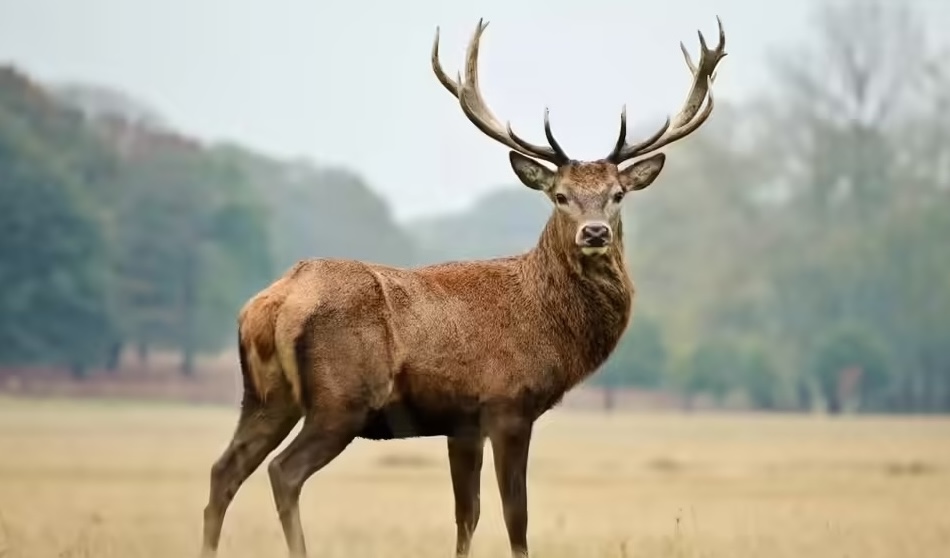
Efforts to save the Hangul include establishing conservation breeding centres, restoring migratory corridors, and minimising human interference in its core habitats. Despite challenges, the Hangul continues to symbolise the fragile beauty of Kashmir’s wildlife and the hope that careful protection can prevent its disappearance from India’s rich natural heritage.
Pygmy Hog
Considered the world’s smallest wild pig, the Pygmy Hog survives only in small patches of tall grasslands in Assam. For decades, it was thought to be extinct until rediscovered in the 1970s near Manas Wildlife Sanctuary. Its habitat is among the most threatened ecosystems due to widespread burning of grasslands and encroachment.
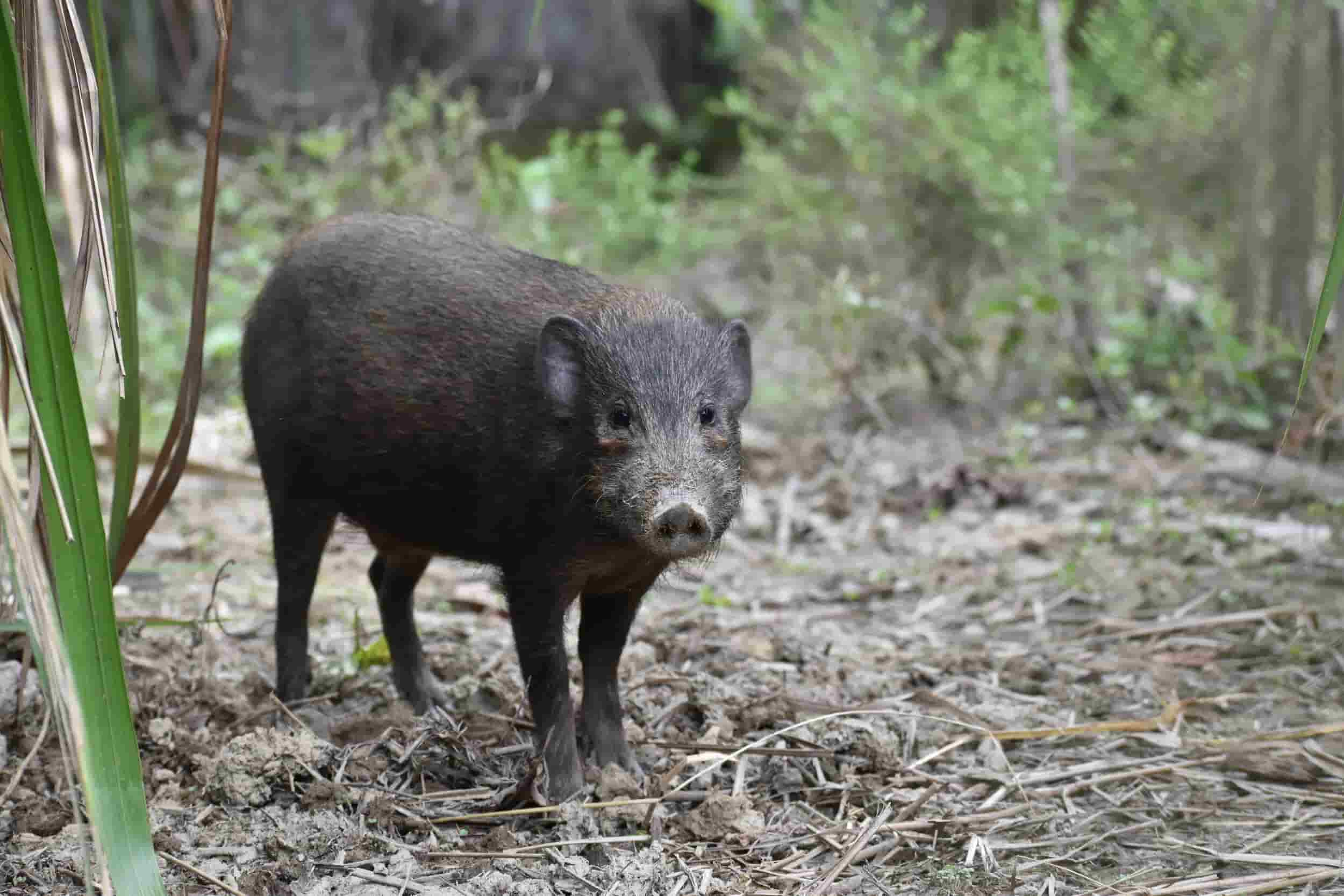
The “Pygmy Hog Conservation Programme” in Assam has played a crucial role in reviving its numbers. By breeding hogs in captivity and releasing them back into restored grasslands, the project has successfully reintroduced the species to multiple areas. Though still listed as Critically Endangered, the Pygmy Hog’s story shows that dedicated conservation can reverse decline.
Himalayan Brown Bear
The Himalayan Brown Bear, found in the alpine meadows of Himachal Pradesh, Jammu and Kashmir, and Uttarakhand, faces threats from habitat fragmentation and human-wildlife conflict. As local communities expand livestock grazing and tourism increases, the bear’s natural territory continues to shrink.
